All Images
News Release 13-004
Marginal Lands Are Prime Fuel Source for Alternative Energy
Lands unsuited for food crops represent huge untapped resource to grow mixed species biomass for ethanol
This material is available primarily for archival purposes. Telephone numbers or other contact information may be out of date; please see current contact information at media contacts.
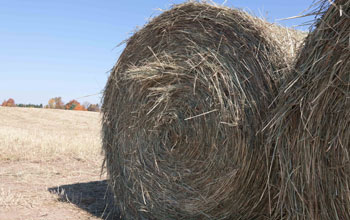
Bales of cellulosic biomass: Marginal lands may be a prime source for alternative energy.
Credit: Phil Robertson, MSU
Download the high-resolution JPG version of the image. (1.2 MB)
Use your mouse to right-click (Mac users may need to Ctrl-click) the link above and choose the option that will save the file or target to your computer.
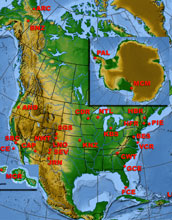
NSF's Long-Term Ecological Research Network comprises 26 land, coastal and ocean sites.
Credit: NSF LTER Network
Download the high-resolution JPG version of the image. (2.5 MB)
Use your mouse to right-click (Mac users may need to Ctrl-click) the link above and choose the option that will save the file or target to your computer.
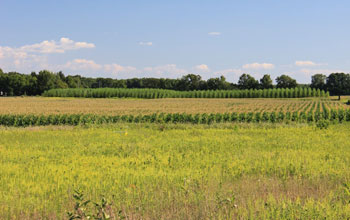
NSF KBS LTER site experimental plots: Corn and hybrid poplar are in the background.
Credit: Julie Doll, MSU
Download the high-resolution JPG version of the image. (348 KB)
Use your mouse to right-click (Mac users may need to Ctrl-click) the link above and choose the option that will save the file or target to your computer.
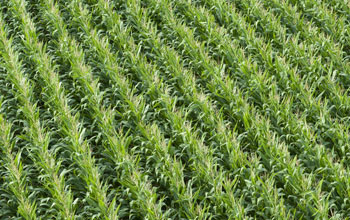
Corn at the KBS LTER site: Corn currently dominates biofuel production in the U.S.
Credit: K. Stepnitz, MSU
Download the high-resolution JPG version of the image. (306 KB)
Use your mouse to right-click (Mac users may need to Ctrl-click) the link above and choose the option that will save the file or target to your computer.
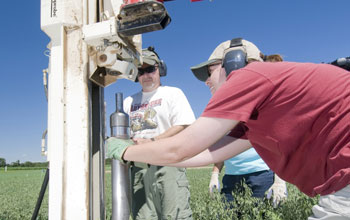
Researchers collect soil cores to determine carbon storage at the LTER site.
Credit: K. Stepnitz, MSU
Download the high-resolution JPG version of the image. (317 KB)
Use your mouse to right-click (Mac users may need to Ctrl-click) the link above and choose the option that will save the file or target to your computer.
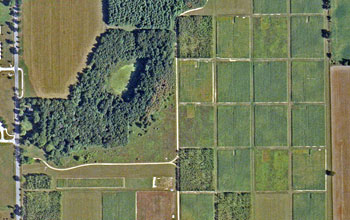
Satellite view of the cropping systems experiment: Each rectangle is 2.5 acres.
Credit: SPOT Image
Download the high-resolution JPG version of the image. (382 KB)
Use your mouse to right-click (Mac users may need to Ctrl-click) the link above and choose the option that will save the file or target to your computer.


